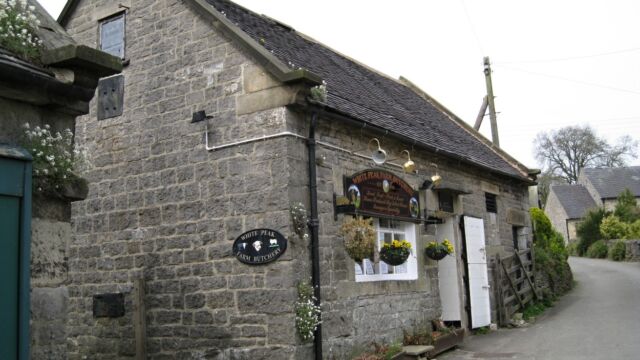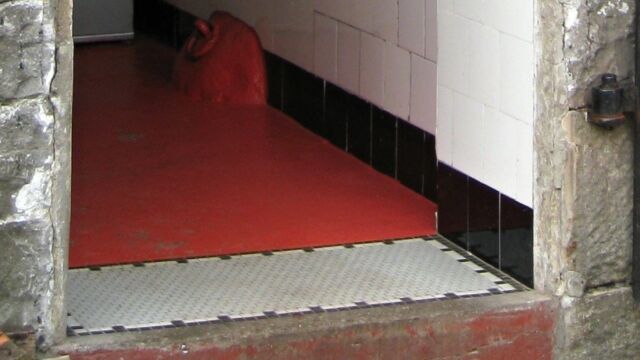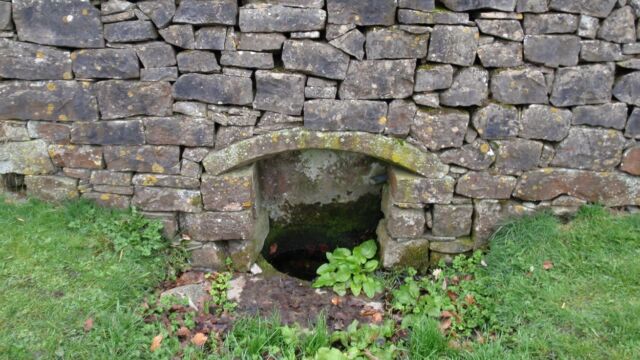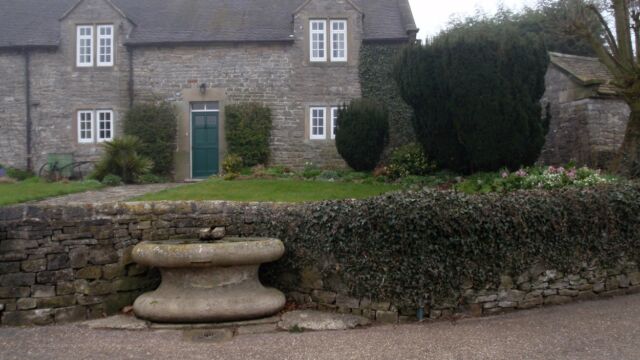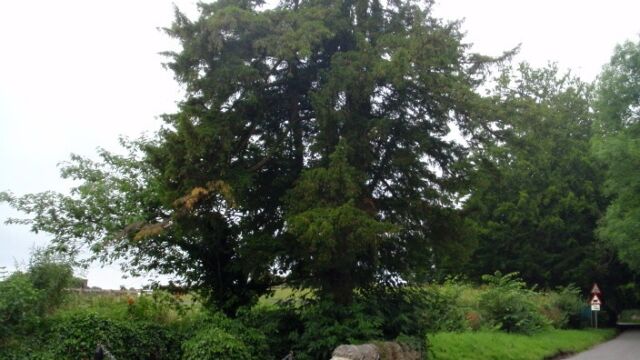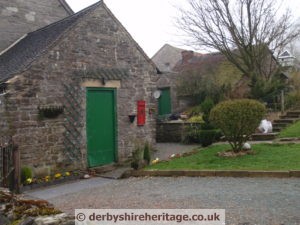The history of Tissington can be traced back as far as 1086, when it is mentioned as Tizinctun in the Domesday Book and was among the possessions of Henry de Ferrers.
From the Ferrers family, the estate passed to the Savage family in the time of Henry I, William le Savage the last male heir, dying in 1259.
Two co-heiresses of Savage brought the manor in moieties to the families of Meynell and Edensor.
In the Meynell family, the estate passed down the generations to Joan Meynell, who carried it to her second husband, Sir Thomas Clynton, whose only daughter and heiress, Anne, married Robert Franceys of Foremark. Again there was an only daughter Cicely, who inherited the estate and who married Nicholas FitzhHerbert of Somersall. Thus it was that half of the manor of Tissington came into the FitzHerbert family through a chain of heiresses of Savage, Meynell, Clynton and Franceys.
In the meantime, the other moiety of the estate passed by marriage from the Edensor family to the Harthills, and from thence to the Cokaynes, from whence, in the reign of Elizabeth I, Francis FitzHerbert, who was the great grandson of Nicholas, purchased it and so the Manor of Tissington became re-united.
From the Ferrers family, the estate passed to the Savage family in the time of Henry I, William le Savage the last male heir, dying in 1259.
Two co-heiresses of Savage brought the manor in moieties to the families of Meynell and Edensor.
In the Meynell family, the estate passed down the generations to Joan Meynell, who carried it to her second husband, Sir Thomas Clynton, whose only daughter and heiress, Anne, married Robert Franceys of Foremark. Again there was an only daughter Cicely, who inherited the estate and who married Nicholas FitzhHerbert of Somersall. Thus it was that half of the manor of Tissington came into the FitzHerbert family through a chain of heiresses of Savage, Meynell, Clynton and Franceys.
In the meantime, the other moiety of the estate passed by marriage from the Edensor family to the Harthills, and from thence to the Cokaynes, from whence, in the reign of Elizabeth I, Francis FitzHerbert, who was the great grandson of Nicholas, purchased it and so the Manor of Tissington became re-united.
Tissington Hall is a Jacobean house.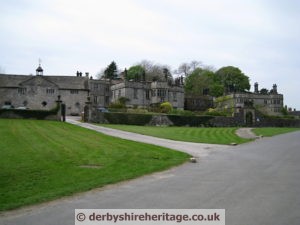
In St Mary’s churchyard there is an ancient cross base and an unusual headstone with a reference to the Titanic disaster. On the wall of the church is a badly eroded sundial.
The butcher’s shop in Chapel Lane was the old slaughterhouse and evidence of this can still be seen.
The sign above the door gives the first indication of the shops former use. Still to be seen inside the shop doorway is the tethering ring and the runners for moving carcasses is still in place on the ceiling. The shop has come under new ownership since these photographs were taken.
There are six village wells in Tissington,. Information on the well dressings can be found on the Tissington Hall website.
Prev
Next

